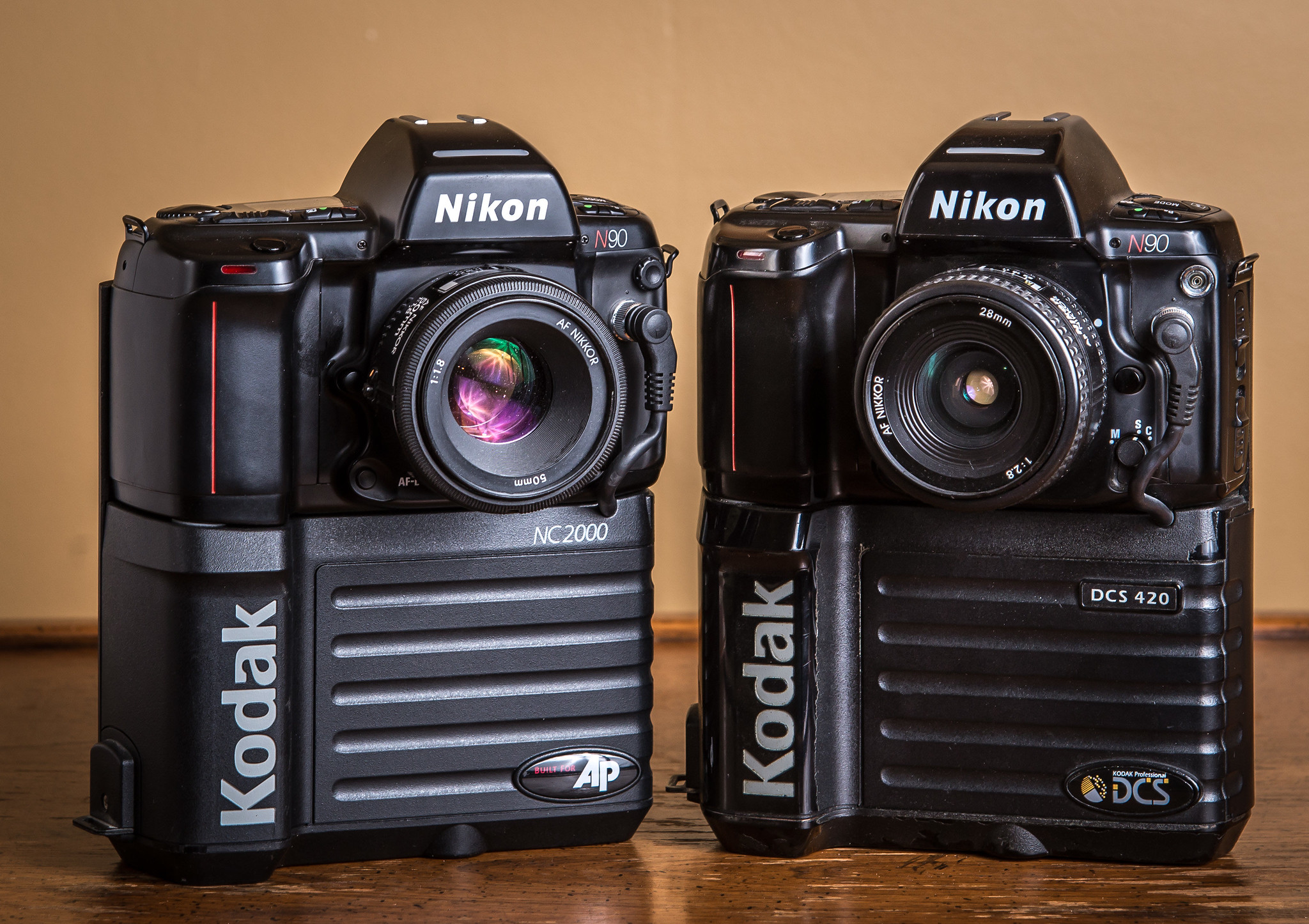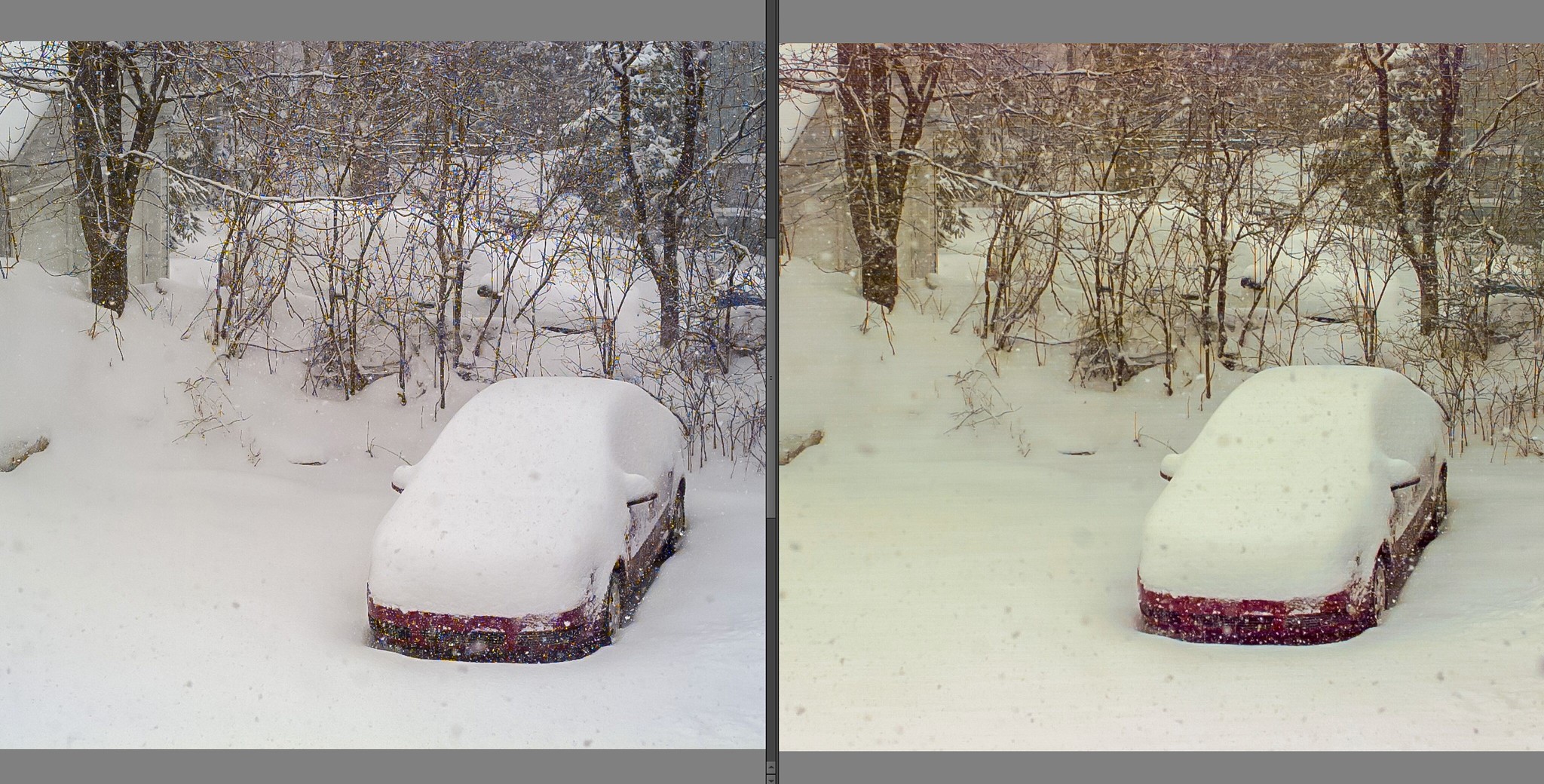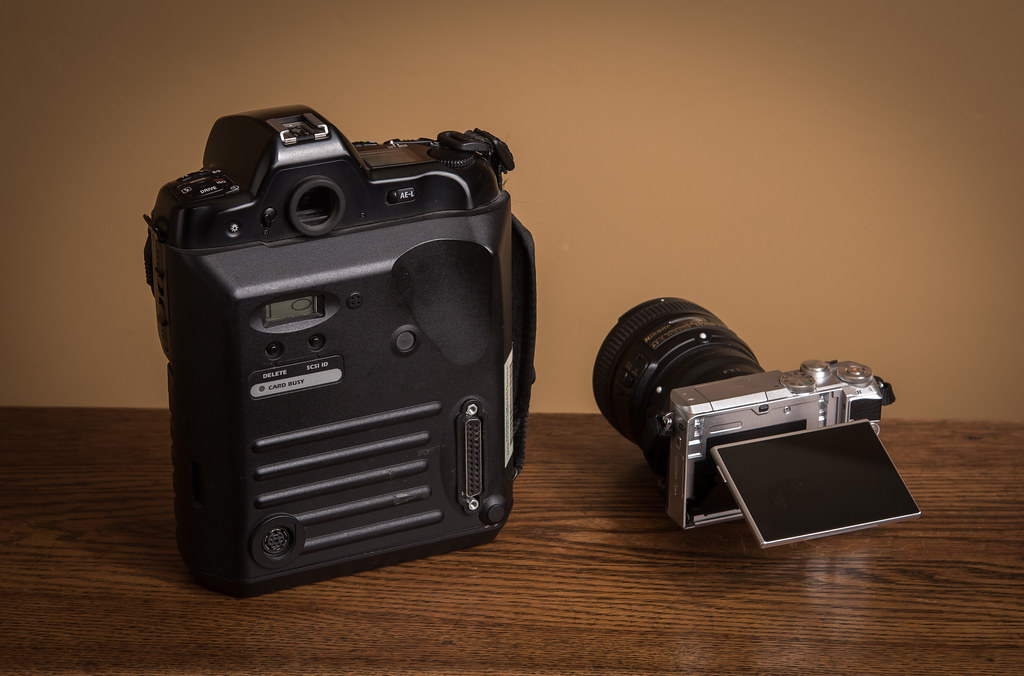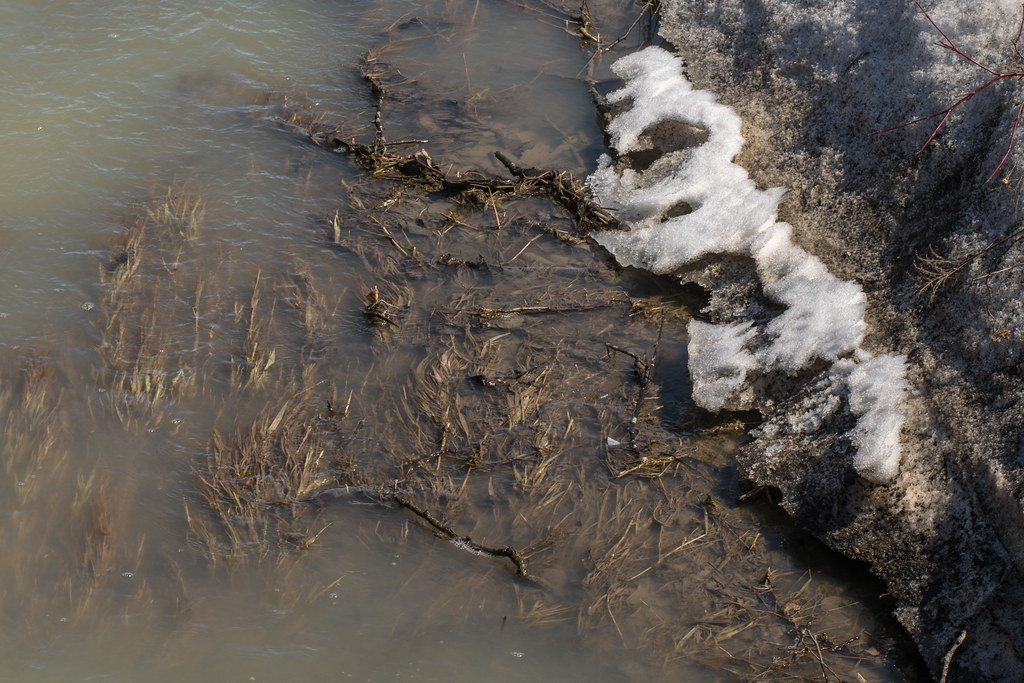Kodak DCS 410 sensor (9.2x13.8 mm) 2.6X factor
Nikon 1 J5 sensor (8.8x13.2 mm ) 2.7X factor
By taking some photographs with my Kodak DCS 410 for IliahBorg (Here)
I took the opportunity to finish, to end a pending comparison
Here the small sensors called 1” with a multiplication factor of 2.6x or 2.7x compared to the famous 24x36 mm
The two cameras with a focal length of 50mm are equivalent to 130 and 135mm respectively
In short, a comparison between two generations of cameras, The Kodak DCS 410 (1996) and the Nikon 1 J5 (2015)

Kodak DCS 410 (1996) / Nikon 1 J5 (2015) by Marc Aubry, sur Flickr
Kodak DCS410 (1996)
1.54 MP sensor (1524x1012)
Price: $8,000.00 USD
Taken with the AF 50mm f/1.8 D Nikkor
(multiplication factor of 2.6)
ISO100
__________________
Nikon 1 J5 (2015)
21 MP sensor (5568 x 3712)
Price: $500.00USD
Photos were taken with the: Nikkor AF-S 50mm f/1.8 G
(multiplication factor of 2.7) CX
160-6400 (12800) ISO
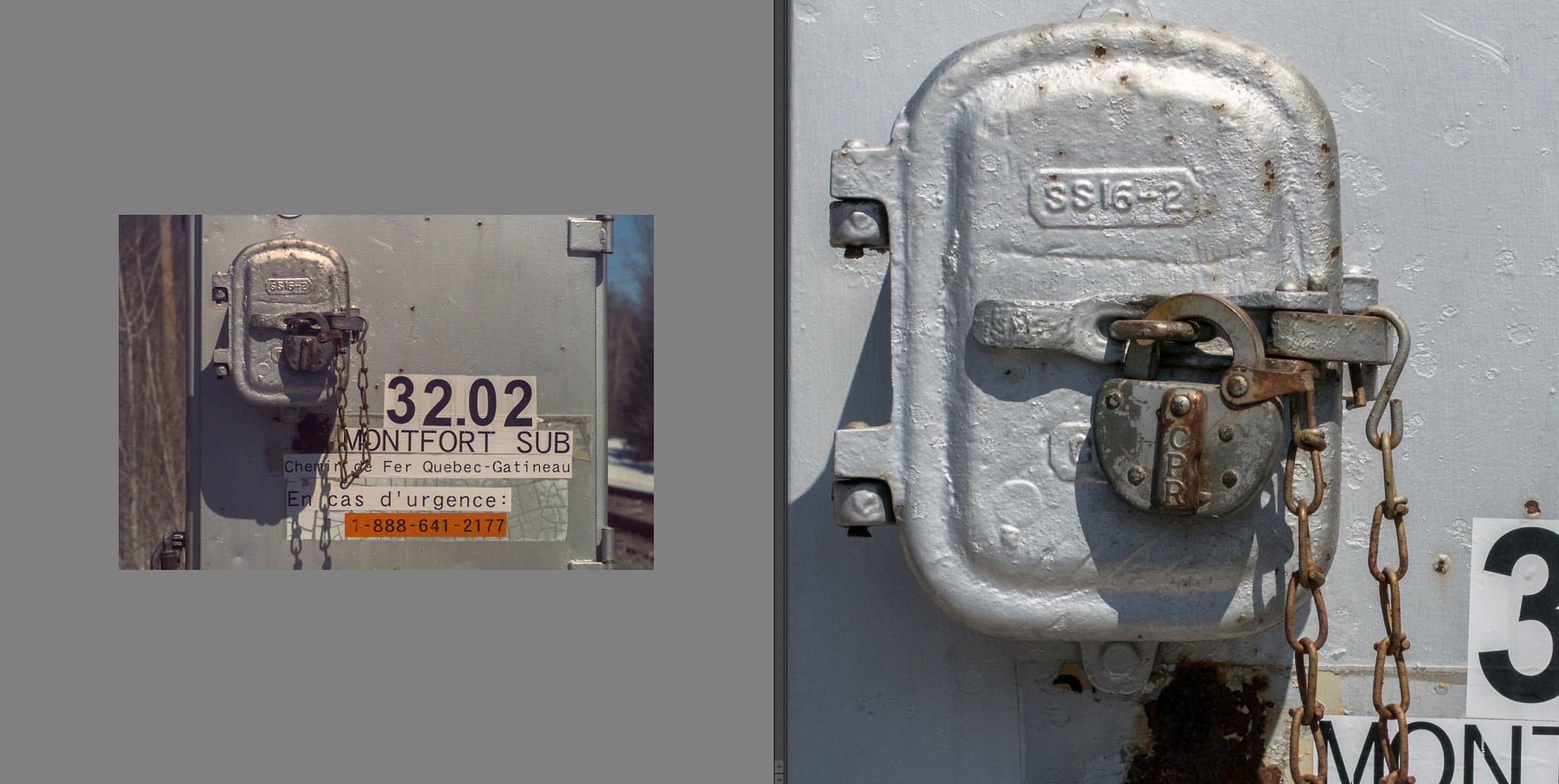
Kodak DCS 410 (1996) 50% / Nikon 1 J5 (2015) 50% by Marc Aubry, sur Flickr

Kodak DCS 410 (1996) 100% / Nikon 1 J5 (2015) 26% Prorata by Marc Aubry, sur Flickr


